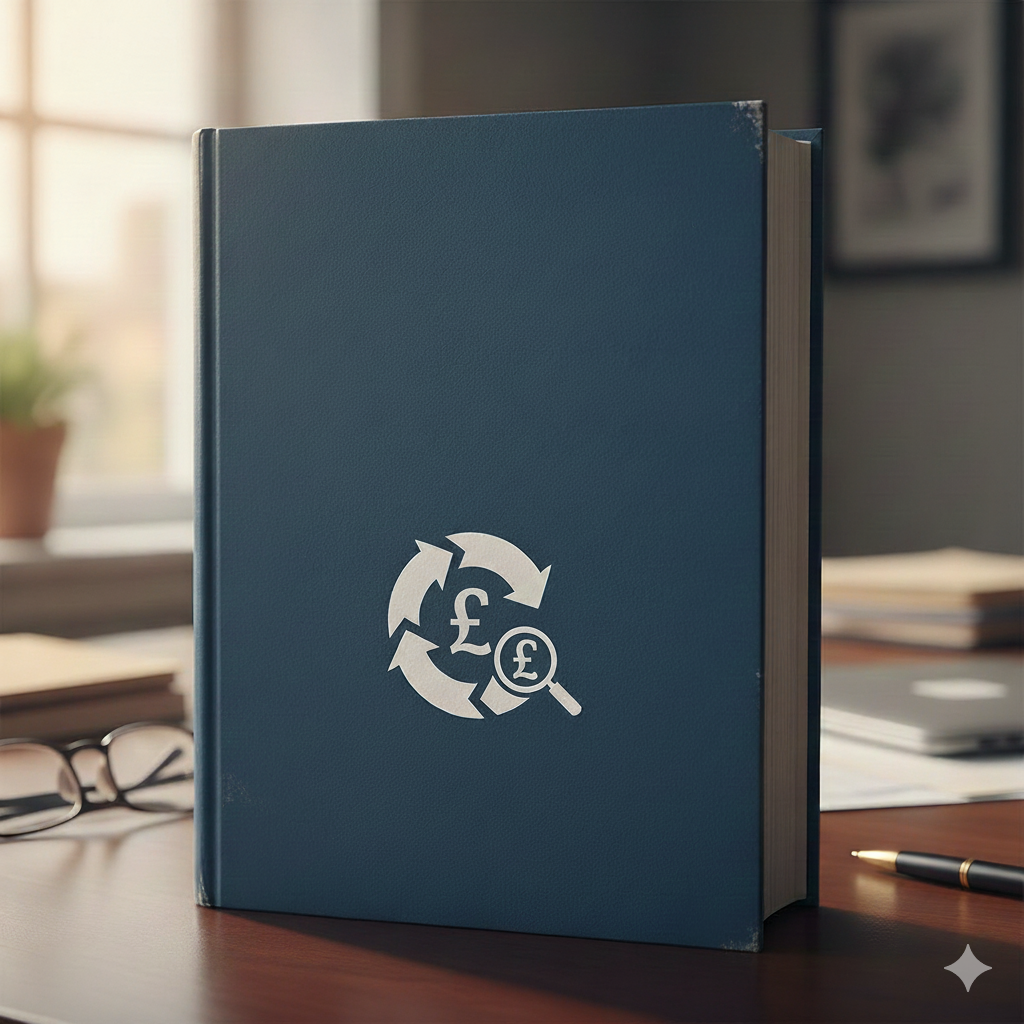How R&D tax credits improve cashflow
What are R&D tax credits?
R&D tax credits are an incentive which encourages UK businesses working in the science and technology sectors to invest in innovative project. Many businesses need to spend money creating new technology, machinery, medications and other novel products. Exploring how to design and build innovative solutions is expensive so the UK Government offers tax breaks to encourage businesses to spend more on R&D and innovate, bringing significant advancements within their industry or the general population.
There are two different types of credits available:
| Type | SME R&D tax credit scheme | RDEC |
|---|---|---|
| Number of employees | <500 | >500 |
| Revenue/assets | <EUR100m / <EUR86m | >EUR100m / >EUR86m |
| Tax Credit | 130% of R&D costs | 12% of R&D costs |
Rates are correct for tax year 2021/22.
Claiming HMRC R&D tax credits
The work that qualifies for R&D relief must be part of a specific project to make an advance in science or technology. The project must be part of your company’s existing business or relate to a new product that you intend to market because of the research and development. You can claim for R&D tax relief up to two years after the end of the accounting period it relates to.
The Government has strict criteria for
R&D tax credit claims and more information can be found on their website, but the main points are:
To get R&D relief you need to explain how a project:
- looked for an advance in science and technology
- had to overcome uncertainty
- tried to overcome this uncertainty
- could not be easily worked out by a professional in the field
- Your project may research or develop a new process, product or service or improve on an existing one.
What costs qualify for R&D tax relief?
- Many costs associated with your R&D project can be claimed including:
- Employee costs – salaries, NI and pension fund contributions
- 6% of agency or subcontractor costs for staff working directly on the project
- Software licence fees
- Consumable items used in the project – e.g. materials, utilities
- Clinical trials volunteer costs (pharmaceutical R&D)
You cannot claim for:
- the production and distribution of goods and services
- capital expenditure
- the cost of land
- the cost of patents and trademarks
- rent or rates
How do the tax credits improve cashflow
Companies who invest in R&D projects may run into cashflow problems if they spend upfront to develop a new product and the income relating to that spending comes much later. In the case of pharmaceutical R&D, projects can be 10-15 years or even more. R&D tax credits can plug the gap in cashflow.
Which businesses can benefit most?
Some businesses are more likely to encounter cashflow issues than others.
Startup
businesses working on proof of concept or prototyping will incur costs upfront and there could be a significant delay until they begin to make revenues from their new products. Such businesses are likely to require additional sources of funding and R&D tax credits can help to balance the cashflow problem.
Getting support
Claiming R&D tax credits can be done through your Corporation Tax form (CT600) but if you would like support to calculate your R&D costs and the amount you can claim, OnTheGo Accountants can assist.
Get in touch with David Masih our client relationship partner who can discuss your situation during a no obligation chat today. Call 03330 067 123 or email info@onthegoaccountants.co.uk.





